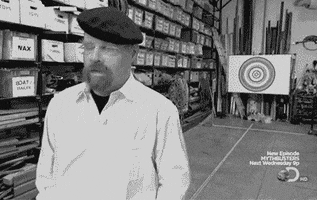- Joined
- Oct 1, 2010
- Messages
- 1,411
- Reaction score
- 437
GreenTwin,
What I did the first time I made a gear was machine some plastic (I think it was actually nylon.) It was less stressful than cutting metal, faster cutting, and low wear on the cutter (which was home-made, but that's another story.) That practice session was followed by by making a replacement gear for a paper shredder, which was a less critical thing to do than making a gear for an engine project.
I had two screw-ups: One was having the blank unkeyed and having it slip on the mandrel holding it. The other was the inevitable miss-count of the crank turning and the resulting last tooth being a skinny tooth. Smooth sailing after that and third time was the charm.
--ShopShoe
What I did the first time I made a gear was machine some plastic (I think it was actually nylon.) It was less stressful than cutting metal, faster cutting, and low wear on the cutter (which was home-made, but that's another story.) That practice session was followed by by making a replacement gear for a paper shredder, which was a less critical thing to do than making a gear for an engine project.
I had two screw-ups: One was having the blank unkeyed and having it slip on the mandrel holding it. The other was the inevitable miss-count of the crank turning and the resulting last tooth being a skinny tooth. Smooth sailing after that and third time was the charm.
--ShopShoe



































![MeshMagic 3D Free 3D Modeling Software [Download]](https://m.media-amazon.com/images/I/B1U+p8ewjGS._SL500_.png)





































![DreamPlan Home Design and Landscaping Software Free for Windows [PC Download]](https://m.media-amazon.com/images/I/51kvZH2dVLL._SL500_.jpg)




















































